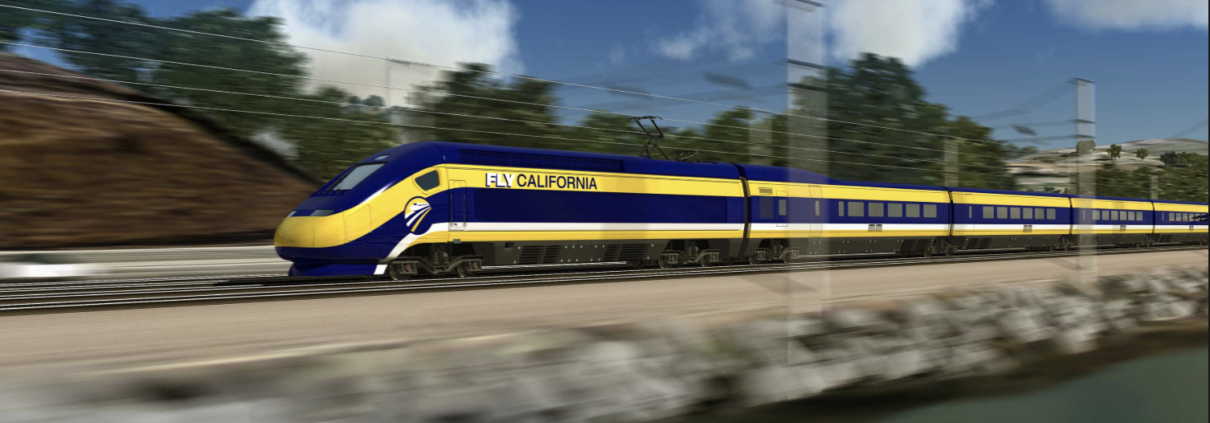Rising Infrastructure Costs Hinder Transportation Investment
A few weeks ago, California governor Gavin Newsom decided to scale back California’s plan for building high-speed rail. As Washington Post columnist Megan McArdle wrote at the time, one of the reasons why the progressive governor had to cave on this infrastructure project was ballooning costs. As McArdle notes, the high speed rail project was projected to cost $33 billion, but that estimate rose to upwards of $75 billion before Governor Newsom’s announcement. As economist and Bloomberg columnist Noah Smith observed, the United States used to build infrastructure quickly and affordably. However, today, projects take longer and cost more in the United States than almost any other country. But why?
Citylab has one breakdown of reasons infrastructure is more expensive in the United States. Many of the sources of high infrastructure costs in the US stem from government-imposed increases in input costs. For example, the Department of Transportation strongly prefers using only American-made materials for transportation construction, which can lead to up to 25 percent higher costs. Similarly, Davis-Bacon laws and project labor agreements require higher-than-market wages or union employees on transportation projects, increasing labor costs by ten to fifteen percent. Lengthy environmental impact studies and bloated administrative bureaucracy also play a role.
If the United States is going to attempt a broad overhaul of its infrastructure, at both a federal and state level, it would be foolish to avoid addressing these runaway cost problems first.
Have an idea for how to bring these costs down? Enter Pioneer Institute’s Better Government Competition for your chance to win $10,000!




Leave a Reply
Want to join the discussion?Feel free to contribute!